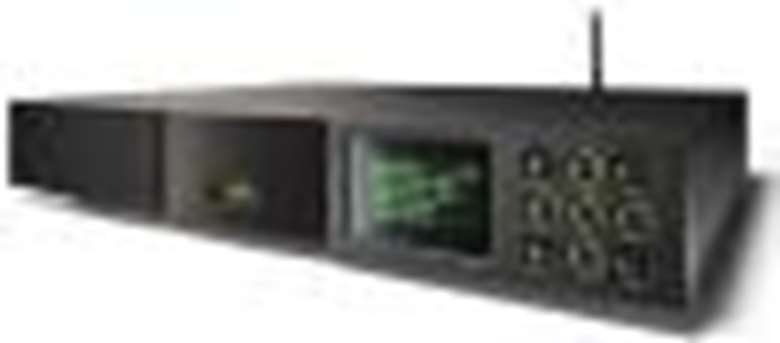Naim ND5 XS – almost, but not quite, Naim’s best network audio device. Unless…
Andrew Everard
Wednesday, April 18, 2012

Register now to continue reading
Thanks for exploring the Gramophone website. Sign up for a free account today to enjoy the following benefits:
- Free access to 3 subscriber-only articles per month
- Unlimited access to our news, podcasts and awards pages
- Free weekly email newsletter








